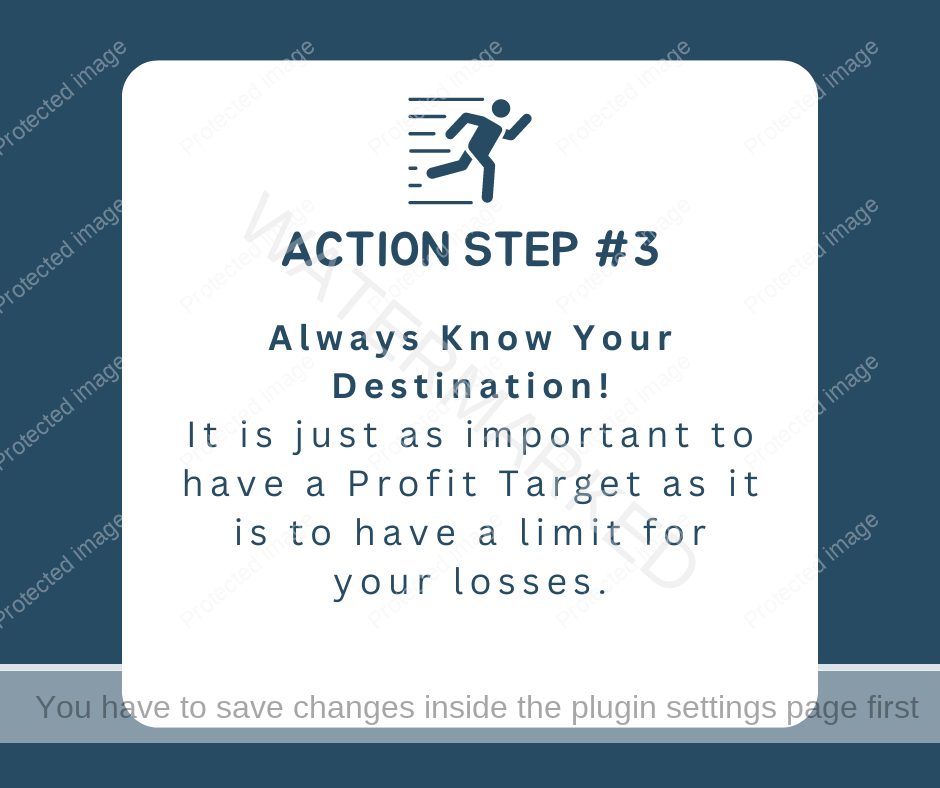
It is just as important to have a profit target as it is to have a limit for your losses.
Why?
Taking a loss can be emotionally hard, but taking a profit can be even harder.
Imagine that you had bought a stock and that it has gone up. You are sitting on an unrealised profit of $2,500. The market is expected to go up in the future.
You have been listening to financial commentators and, based on the strength of the economy, they are predicting that the market is nowhere near its top and could move up strongly over the next few months. If you hold the stock you could make several thousand dollars more. Should you sell or should you continue to hold the stock?
The answer is that this is the wrong time to be asking yourself this question! Let me show you what we mean.
The next day your stock might go up or it might go down. You are risking the unrealised profit in your trade because you have no plan.

In investing, people often talk about “fear and greed” and it is a situation just like this that they are referring to. Basically your fear is telling you that the stock could go down and that you should sell your stock while your greed is telling you to hold it because the stock might go up. This is the roller coaster of emotions that can make trading a very uncomfortable proposition.
Fear and greed destroy traders by clouding their minds. The only way to succeed in trading is to use your trading plan.
The whole point of having an investment plan is that you should know your destination. In other words, when you buy a share you should already know how much profit you expect to make out of the share. In the same way that you set a “stop loss” you should also set a “take profit”. Once the share price reaches the profit level, sell the shares and convert the unrealised profit into a realised profit.
Setting a Profit Target
So where should you set your profit target? You could expect to make 3% interest per year without any risk if you left your money in the bank. So we obviously want to make a better return than that. But how much is enough?
Generally, you would want to make at least 10% out of a trade and it is possible to make 50% or even 100%. These amounts can be made in weeks or months, not years.
Let’s say that your investment plan says that you should look to make a 20% profit out of your trade. You can get the share price data for this stock for the last few years and check what would be the effect of holding onto a stock until you made 20% profit.
Remember, increased profit is always associated with increased risk, so you need to determine a profit level that is right for you.
Once you have this problem sorted you have the third question answered.